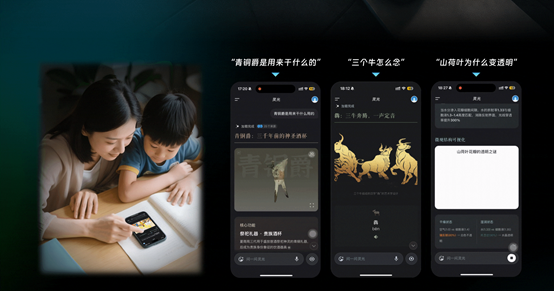In the fierce race of artificial intelligence, who truly stands as the frontrunner? Recently, a latest report from the PARAT database has unveiled the enigmatic veil of the global AI industry, presenting a stunning competitive landscape. This data, prominently featured in Nature magazine, not only challenges our conventional perceptions but also showcases the latest trends in the AI field.
In one corner of this arena, American giants Alphabet (parent company of Google) and Microsoft, with their overwhelming dominance in AI paper citations, look down upon the competition. On the other side, Chinese companies like Baidu and Tencent demonstrate strong momentum with their astonishing number of patent applications.

The referee of this competition is the PARAT database of the Emerging Technology Observatory (ETO). As part of the Center for Security and Emerging Technology (CSET) at Georgetown University's School of Foreign Service, this think tank provides a fresh perspective on AI development trends by tracking private sector AI activities, including research papers, patent publications, and talent metrics.
CSET's senior analyst, Ngor Luong, emphasized that in today's AI world, cutting-edge research is no longer confined to ivory towers but is also thriving in the industrial sector. This view is strongly supported by PARAT data. Surprisingly, large Chinese enterprises are performing exceptionally well in this field. Chief analyst Zachary Arnold noted that while some might question the research quality of Chinese companies, data shows that firms like Tencent, Alibaba, and Huawei rank among the top ten globally in highly cited AI papers and preprint numbers.
A particularly notable highlight in this AI race is the 2017 paper "Attention Is All You Need" by the Google team, which introduced the revolutionary Transformer architecture, becoming the most cited paper in all AI research. This paper serves as the North Star of the AI field, guiding the industry's development direction.
However, Chinese institutions have also made remarkable achievements. For instance, the ICNet paper on real-time semantic segmentation methods co-authored by institutions like the Chinese University of Hong Kong, Tencent, and SenseTime, has over 1700 citations, showcasing China's strength in the AI research field.
In the battlefield of patent applications, the competition is even fiercer. Among the top ten companies with the most AI patent applications in the past decade, only three are from the United States, with the rest spread across China, Germany, and South Korea. This data not only shows the globalization trend of the AI industry but also reflects the competitive landscape in the AI field among countries.
The PARAT database also reveals an overlooked fact: many companies not renowned for AI innovation are actually surprisingly active in the AI field. This reminds us not to overlook potential dark horses while focusing on tech giants.
In the crucial battlefield of talent acquisition, PARAT presents a vivid picture through analyzing the number of AI positions on LinkedIn. Amazon leads with 14,000 AI positions, followed closely by multinational consultancy Accenture. These data not only reflect companies' thirst for AI talent but also show their investment and ambitions in the AI field.
Through multidimensional analysis by the PARAT database, we can comprehensively examine the performance of various companies in the AI field. These data serve as a mirror, not only reflecting the current competitive landscape of the AI industry but also foretelling future trends.
In this AI war without gunpowder, American and Chinese tech giants undoubtedly play the leading roles. However, as more countries and enterprises join the competition, the future of AI promises to be even more spectacular. As witnesses of this era, we have reason to believe that the rapid development of AI technology will bring profound impacts to human society, changing our way of life and reshaping our future.
Reference: https://www.nature.com/articles/d41586-024-02515-1










